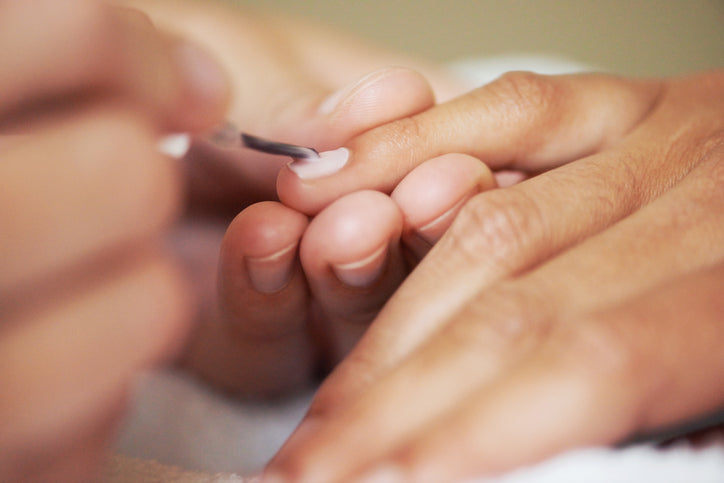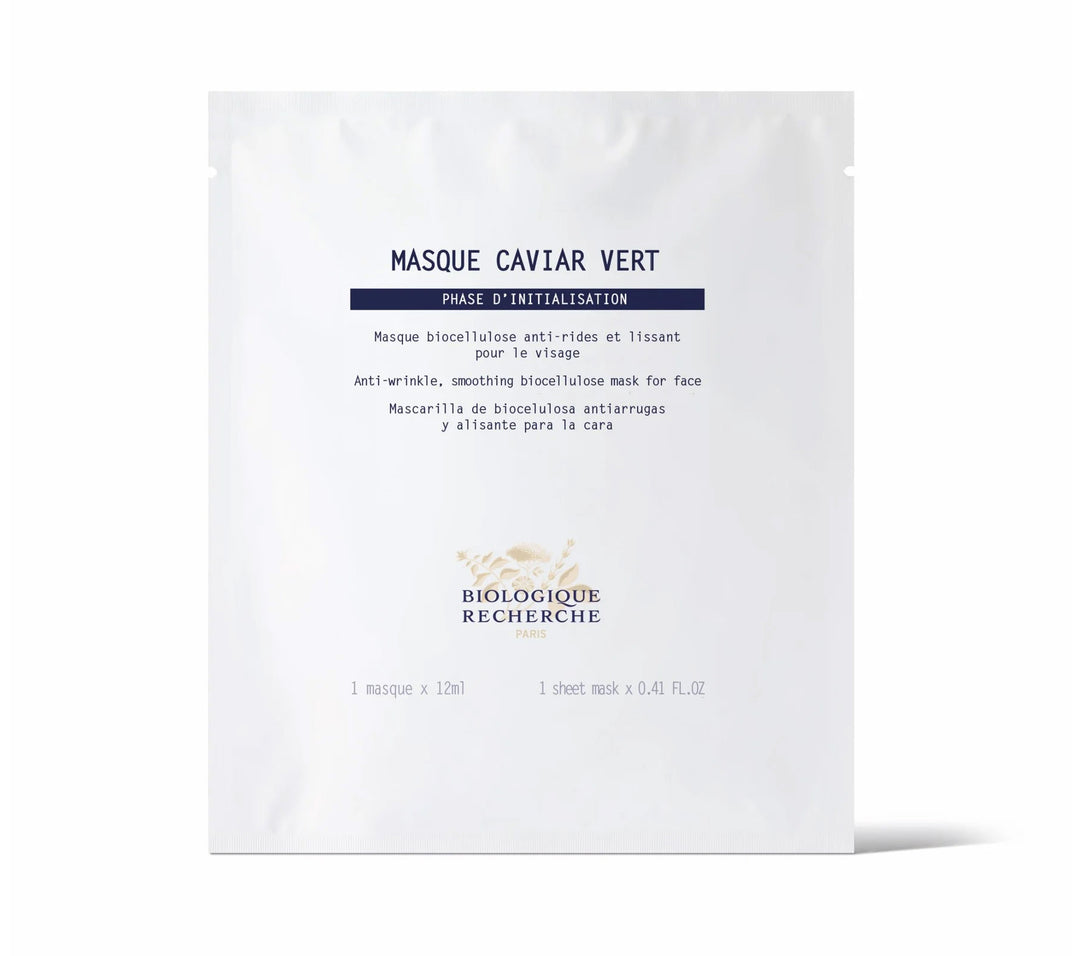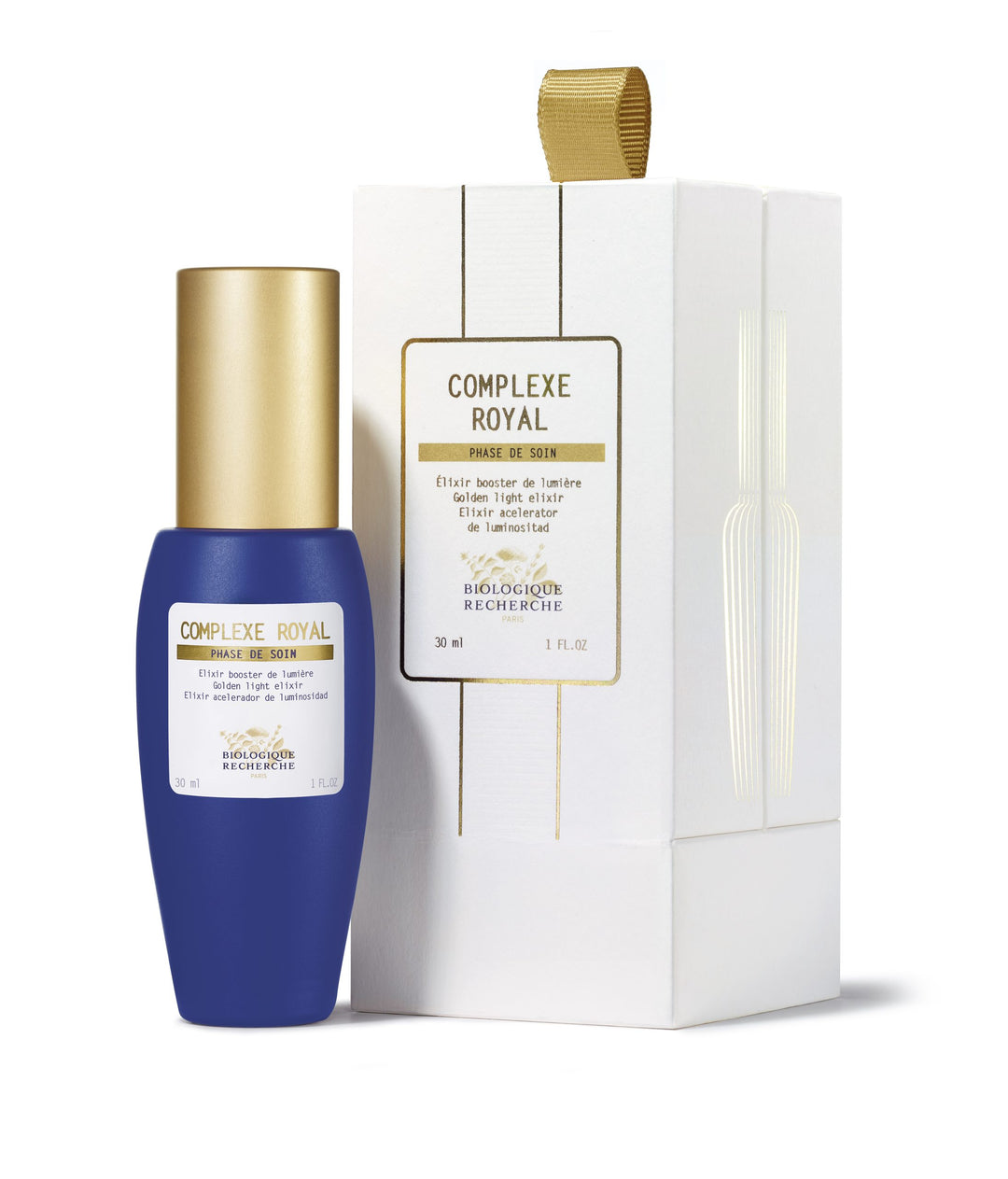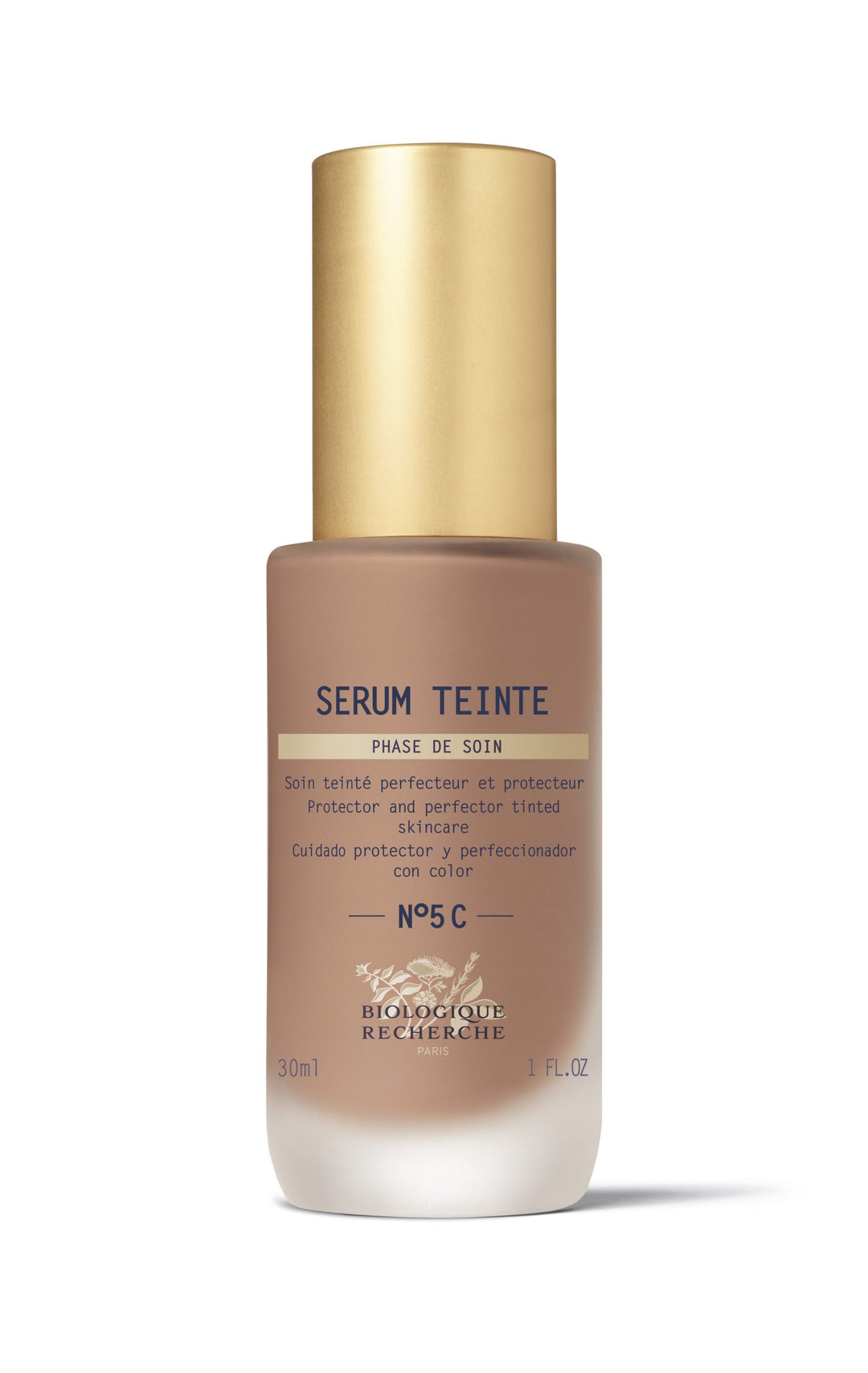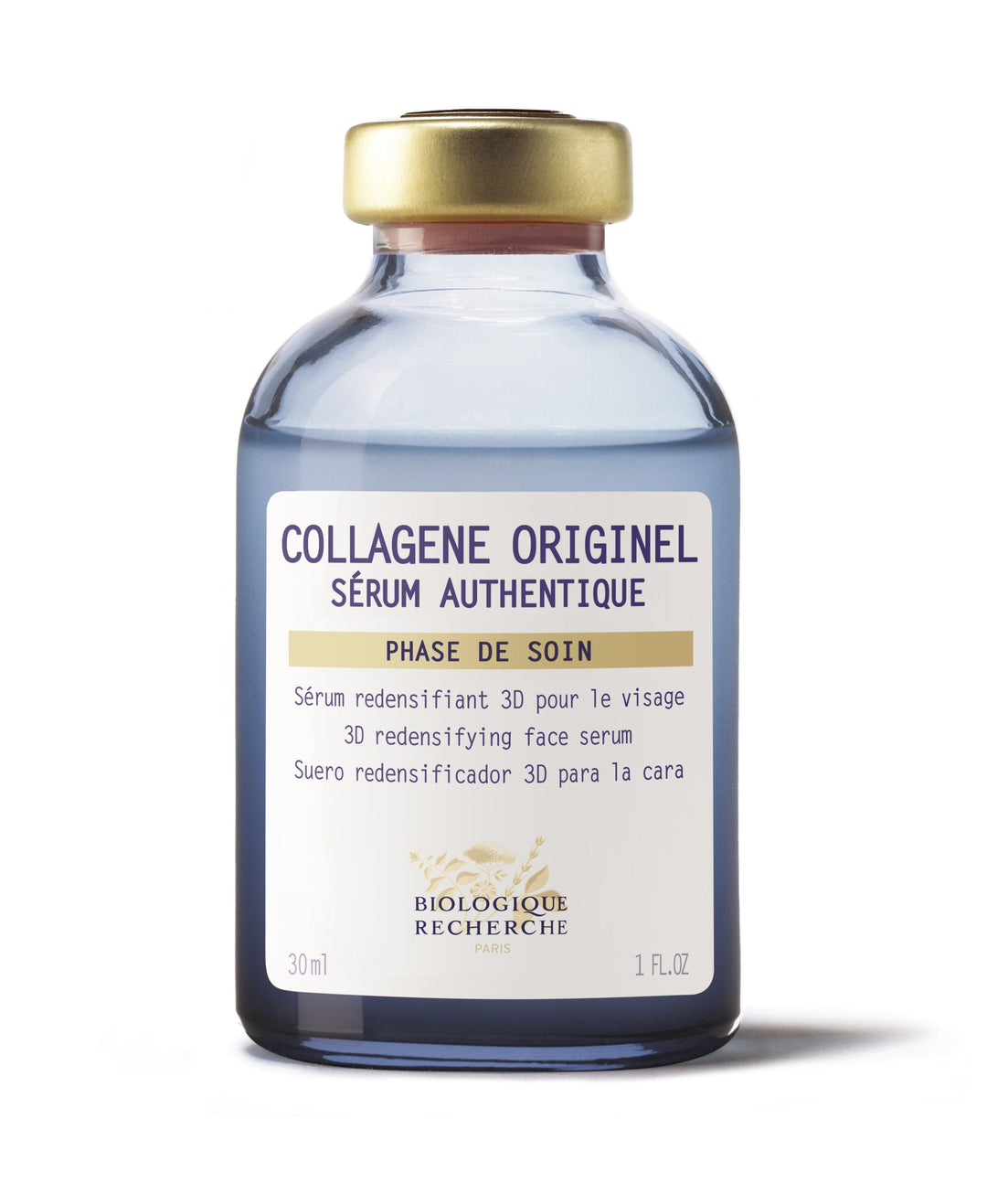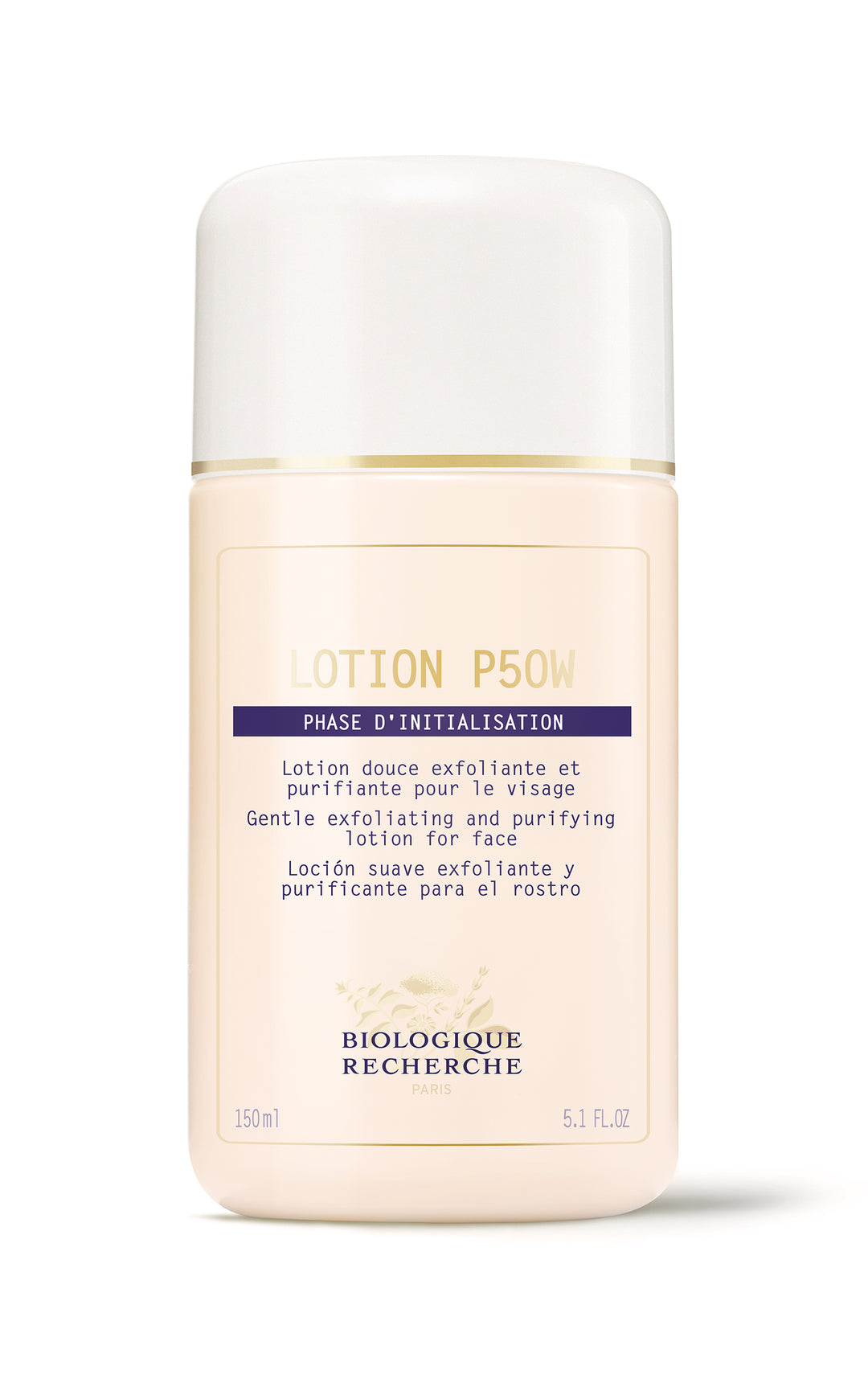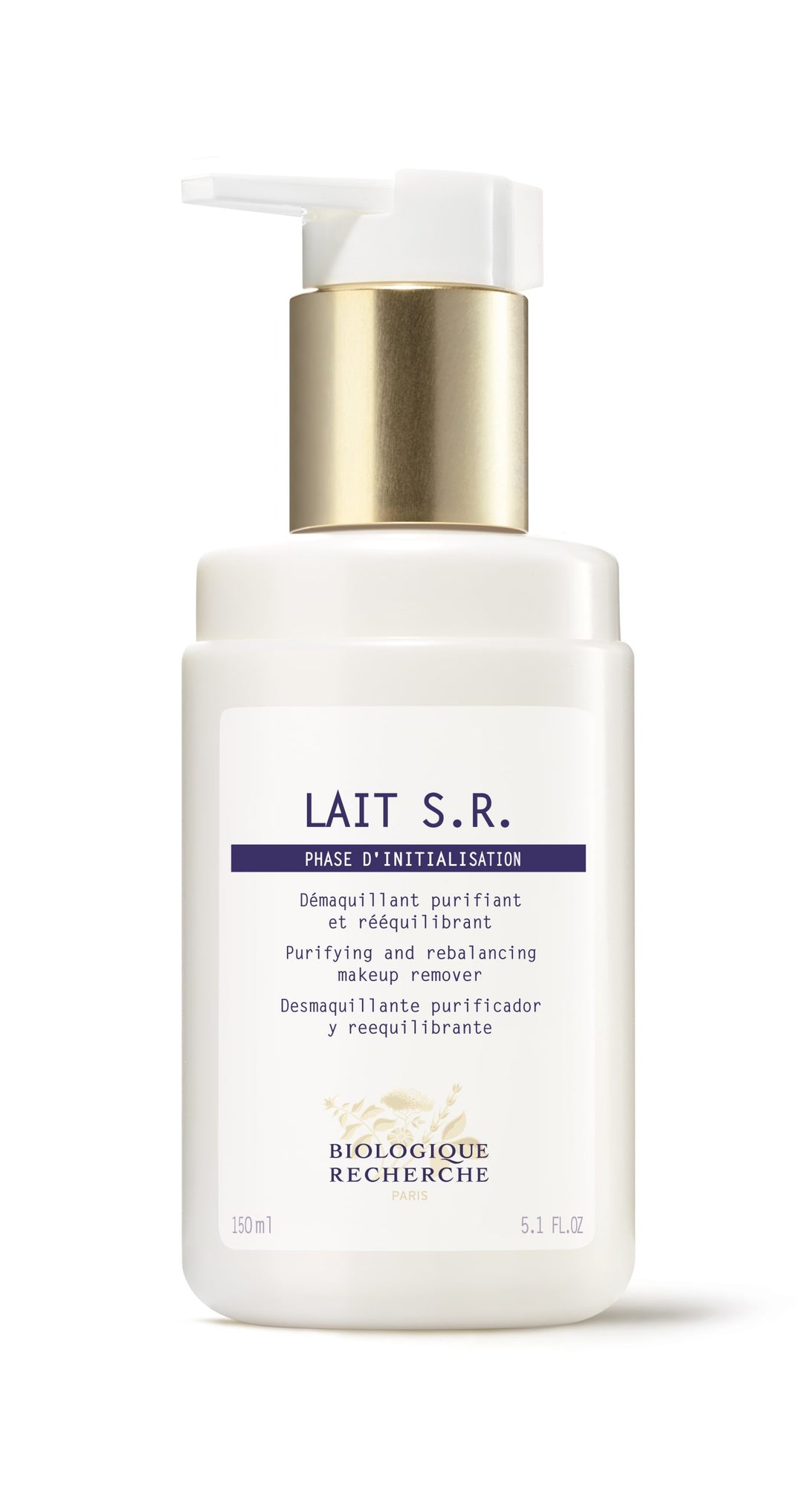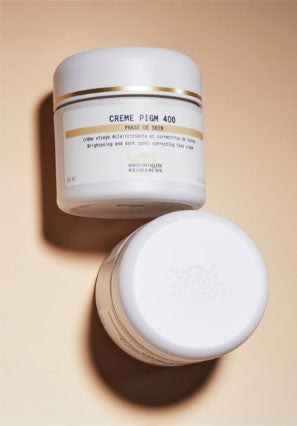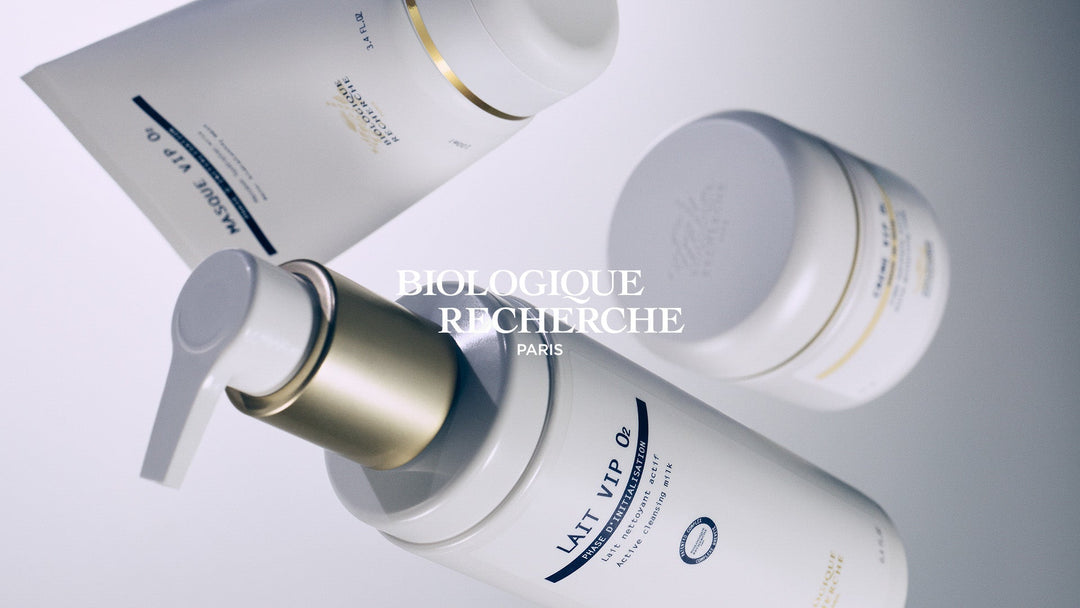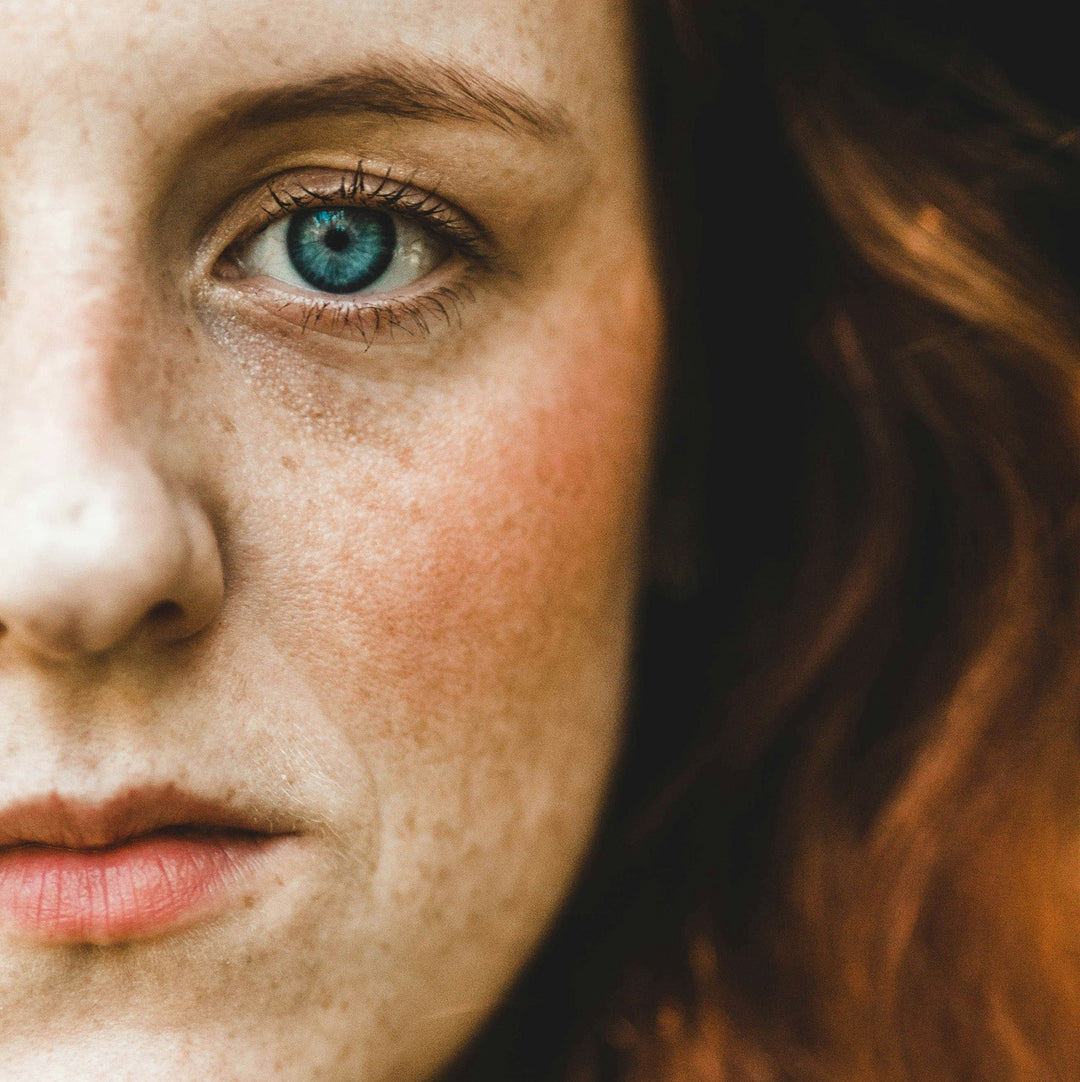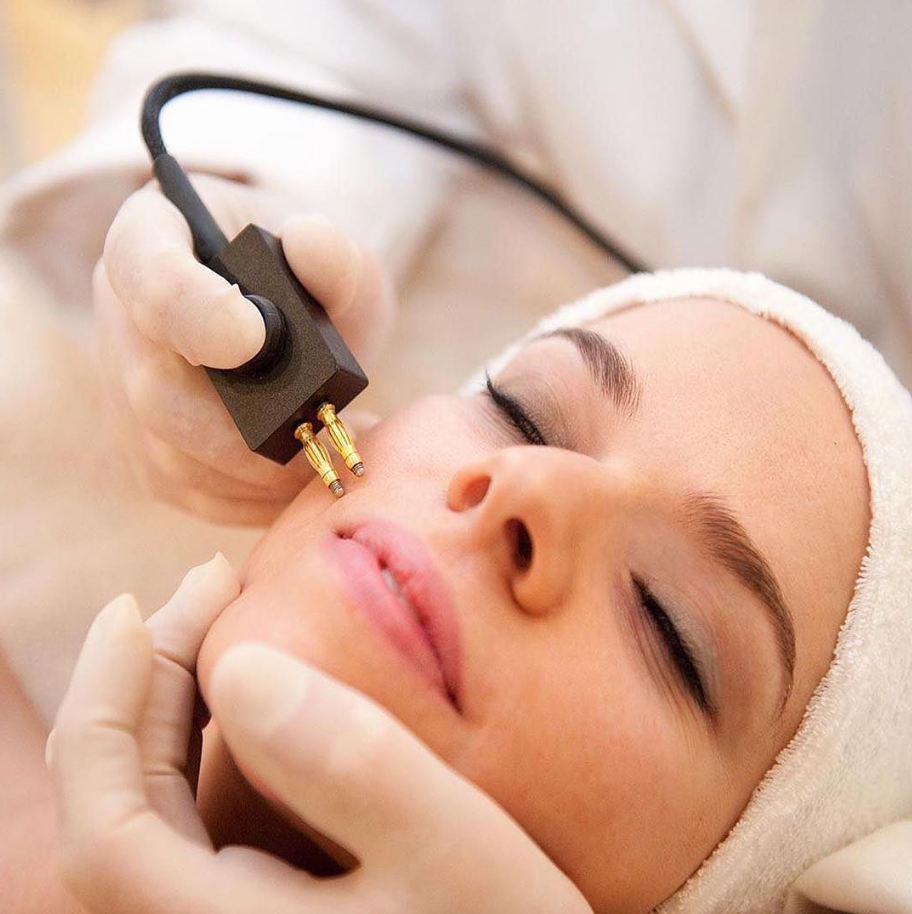Welcome to The Beauty Embassy, a private institute for French facials, skincare and meticulous nail care. We are passionate about the health of your skin and nails, using French savoir faire, advanced cosmeceuticals and non-toxic nail products combined with our non-aggressive, balanced approach we will help care for and transform your skin and nails.
OUR PRODUCTS AND SERVICES
New products
View allUnsure which products or treatments are right for you ?
Book in a Skin Instant Lab diagnosis for a personalised product prescription and treatment plan
